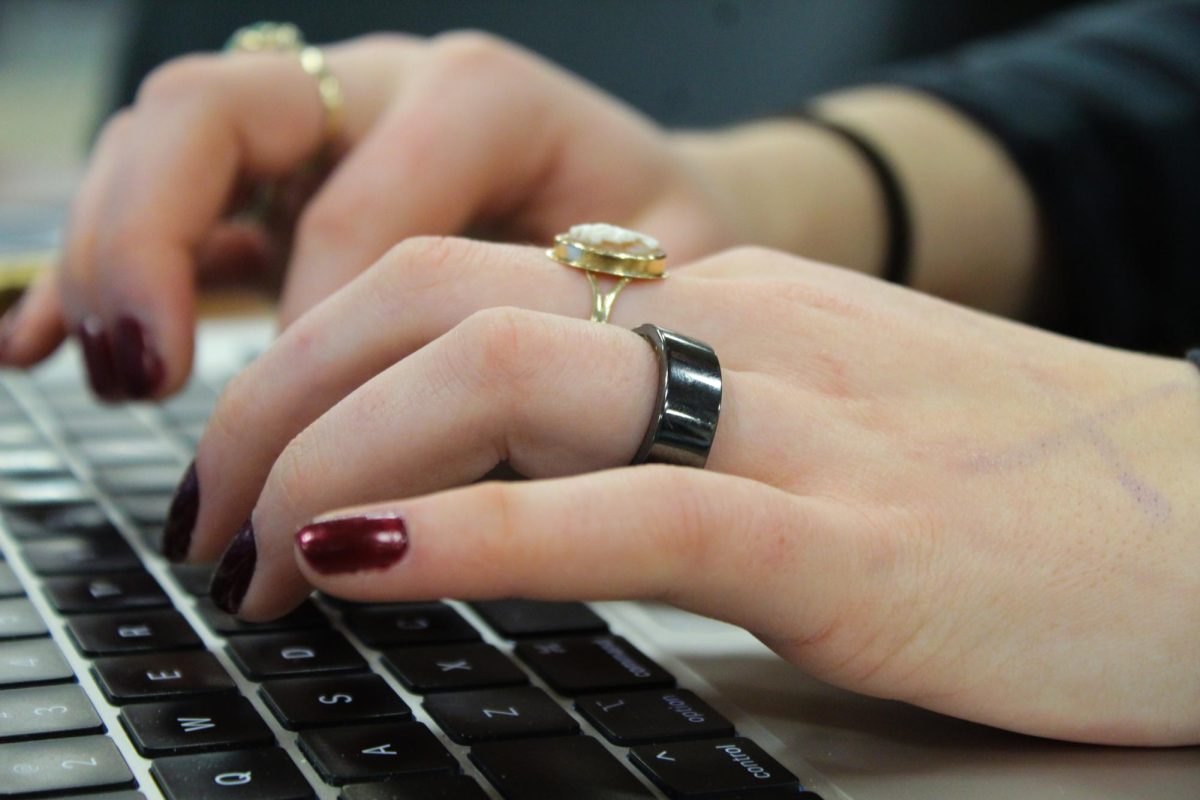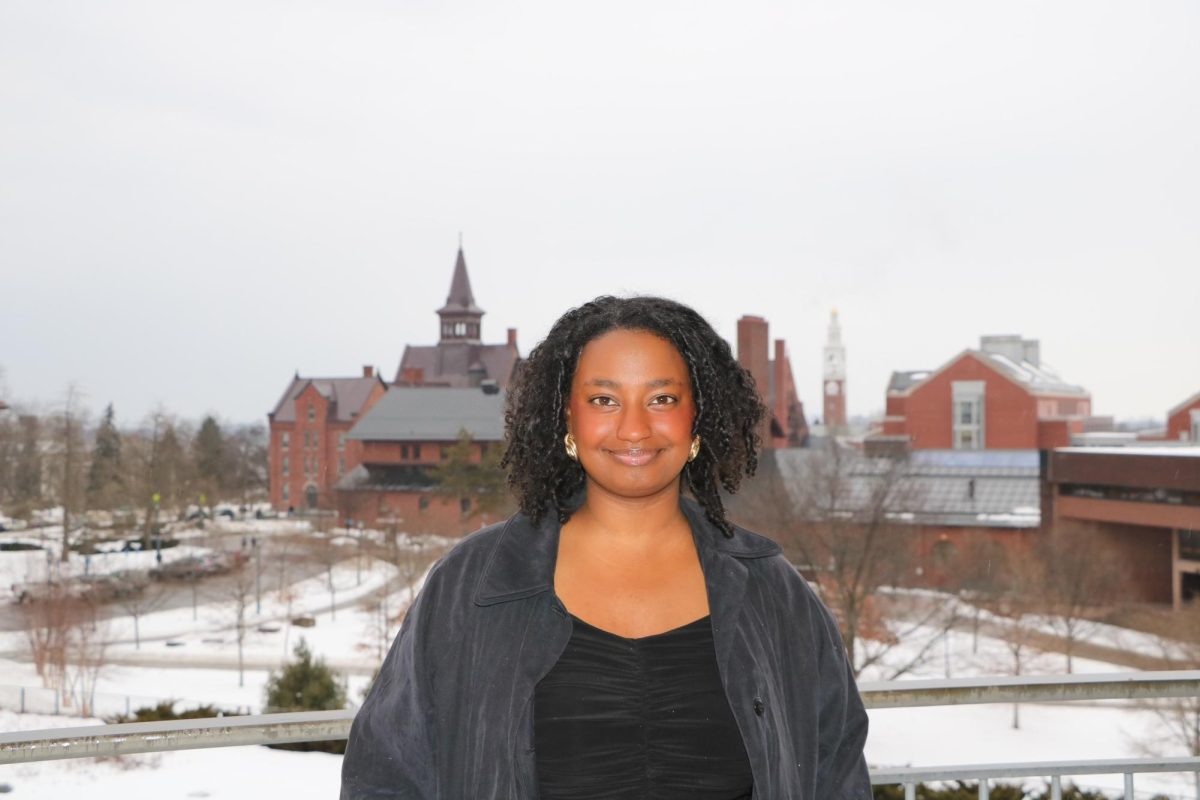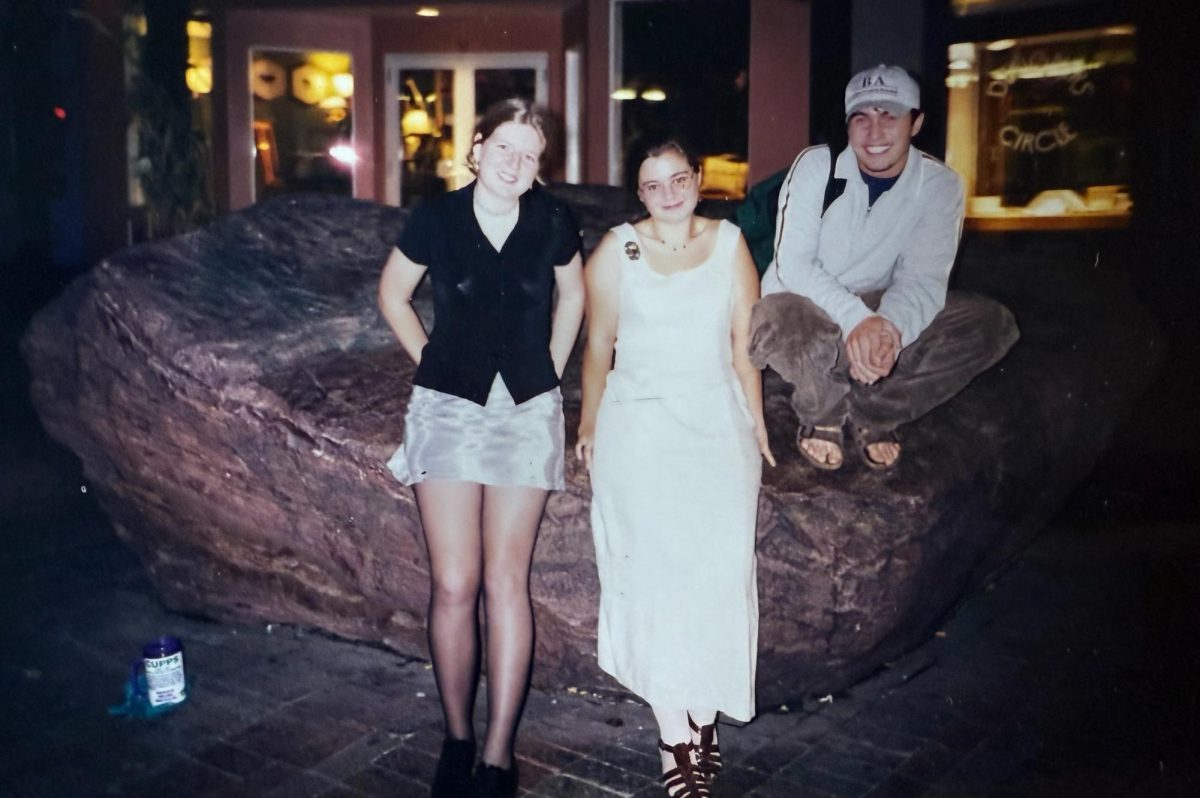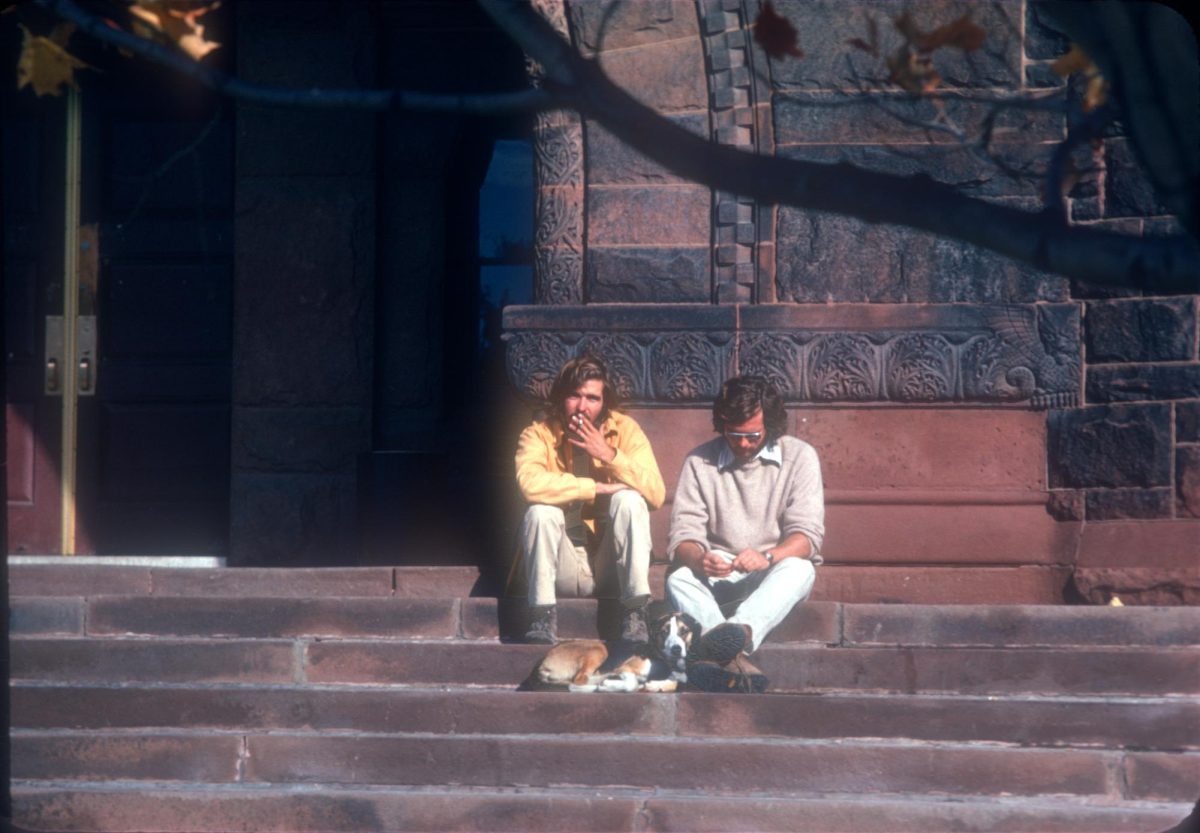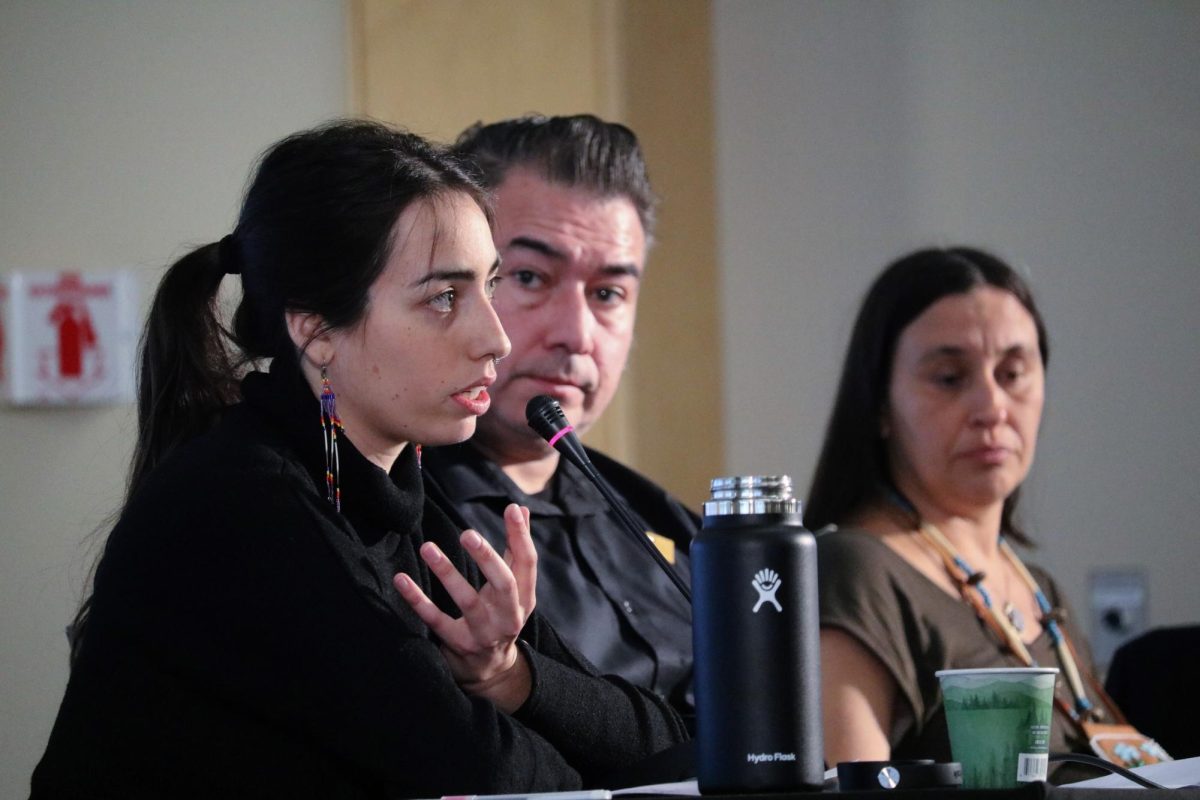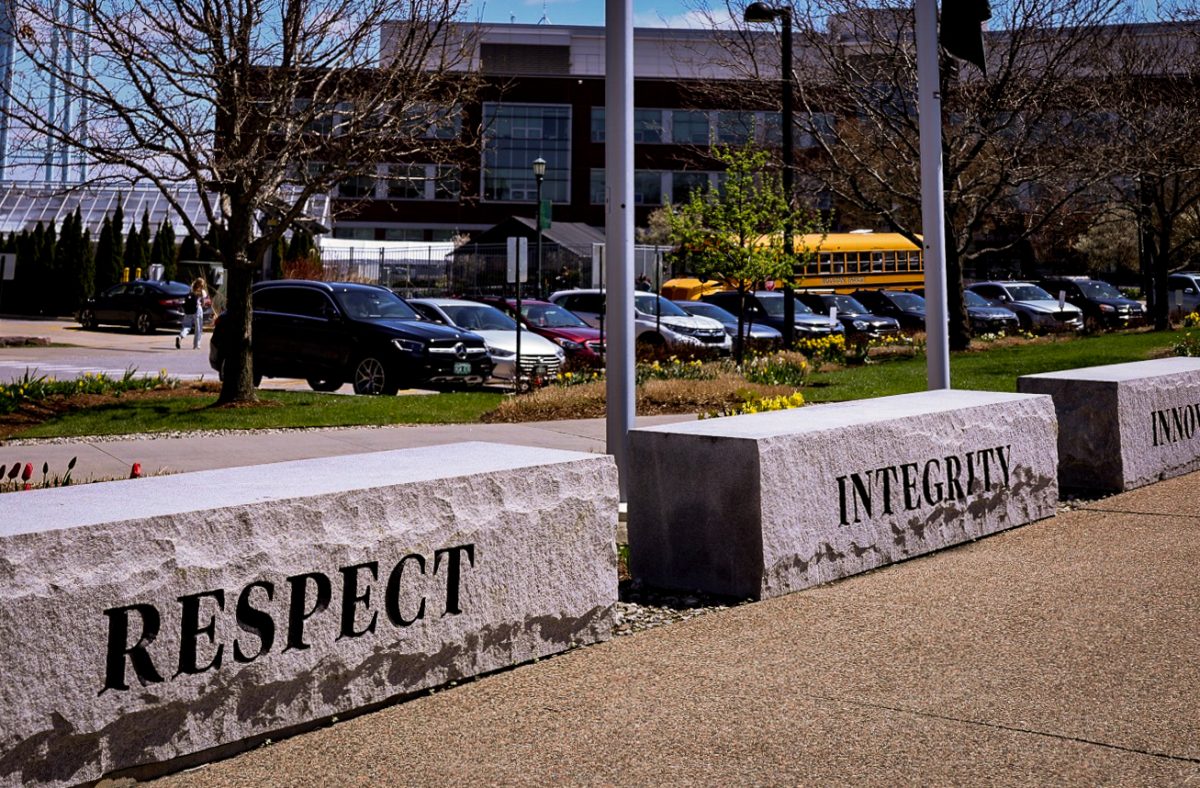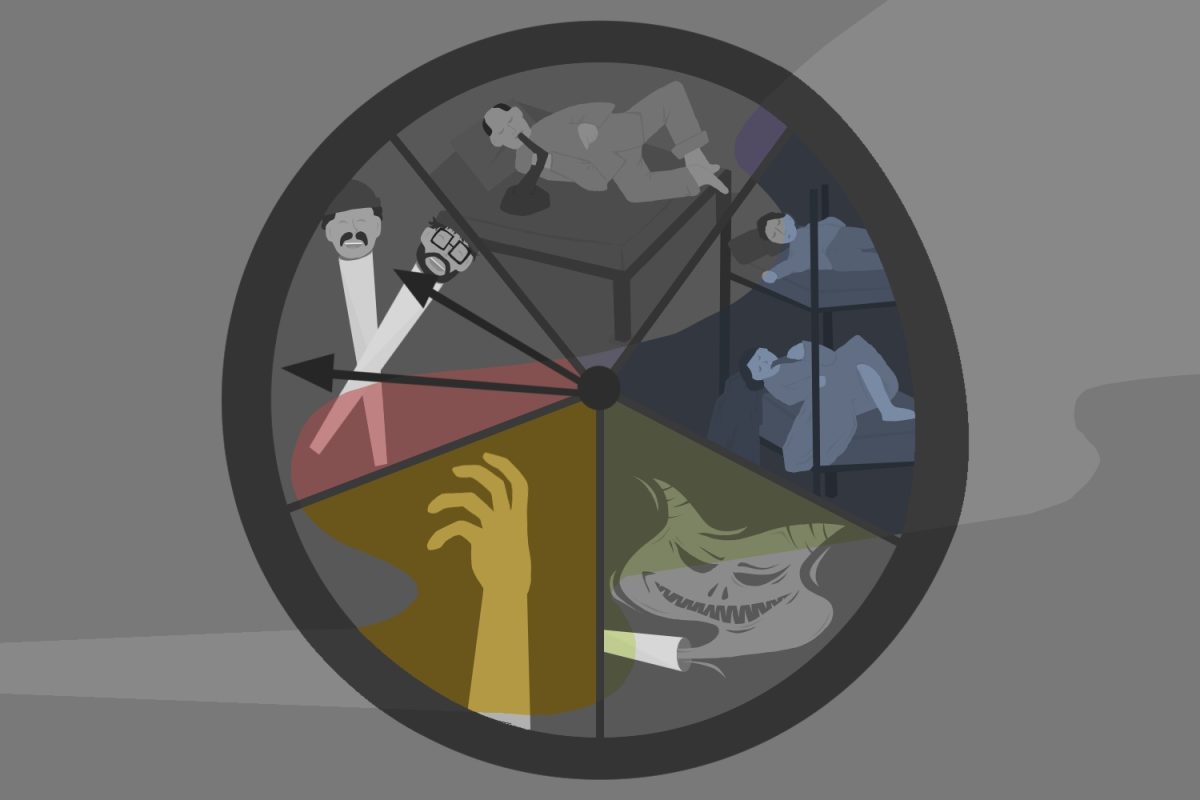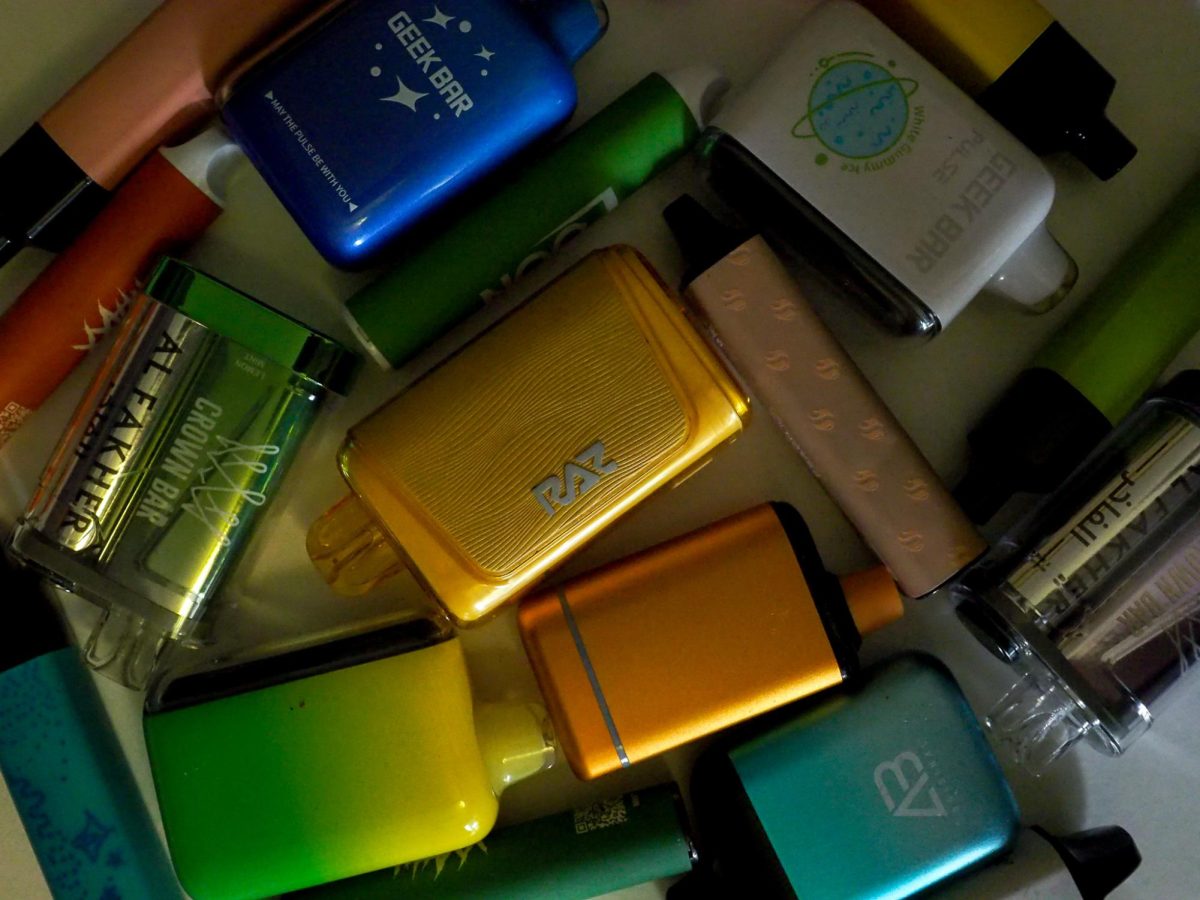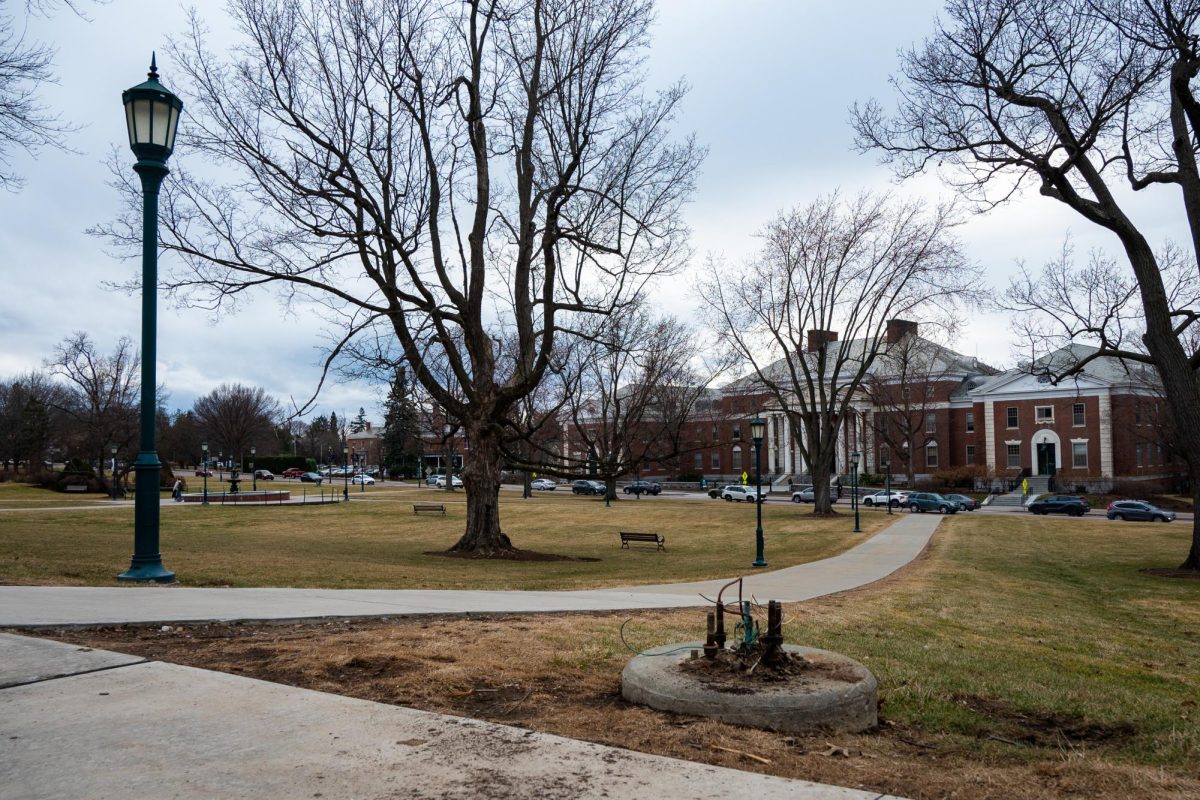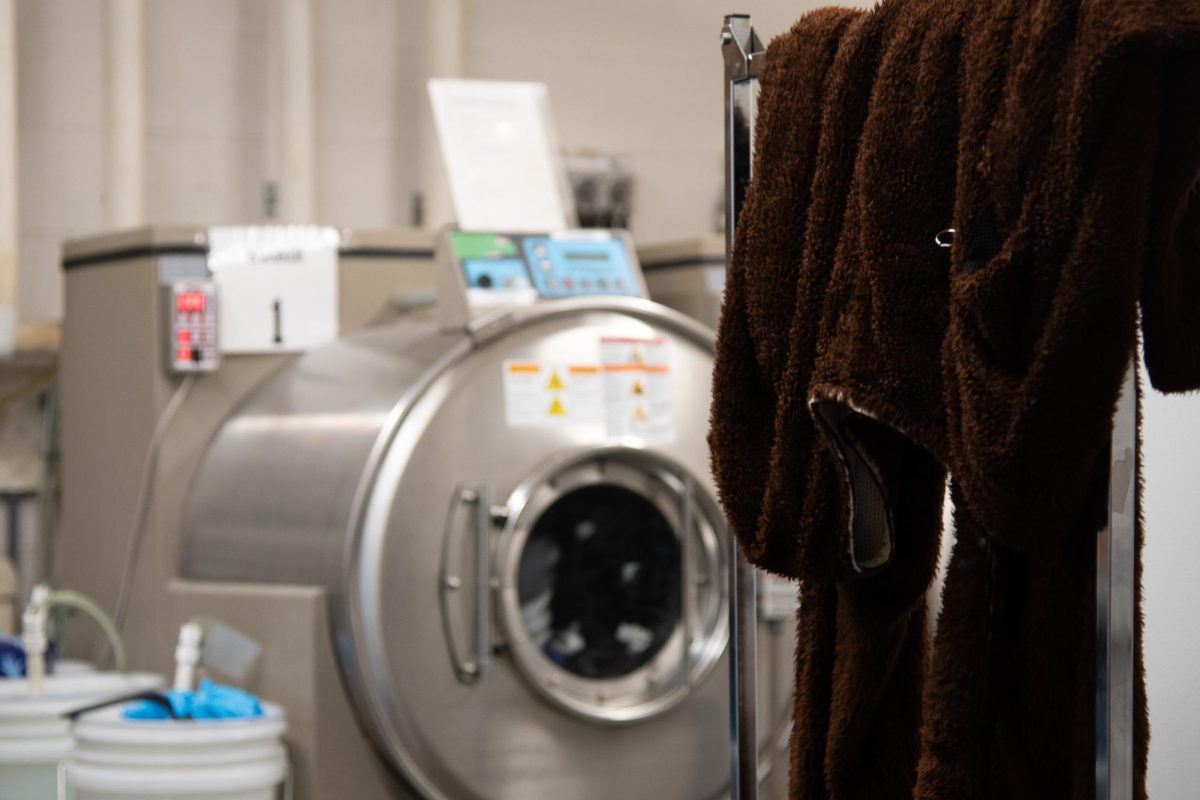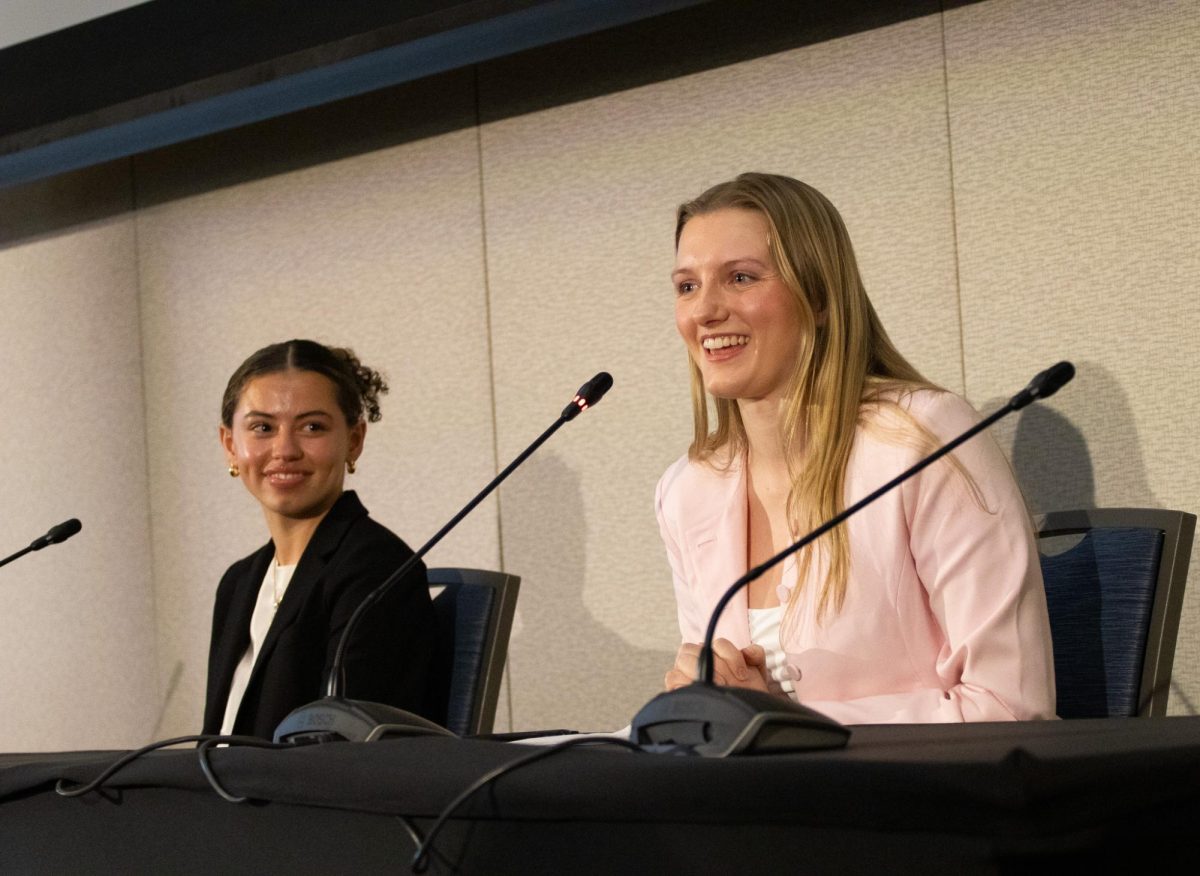One might see some eclectic jewelry among UVM students, but one of these rings is not like the others. The Oura Ring serves as a biosensor, measuring the wearer’s sleep, readiness and activity to provide personalized health guidance.
Around 600 UVM students are participating in the Lived Experiences Measured Using Rings Study, a longitudinal study that tracks how they respond to health interventions throughout their college experience, according to an Oct. 10, 2023 article from UVM Today.
“What about people’s digital data can be used to help society function better and be collectively healthier?” said Chris Danforth, professor of mathematics and lead researcher in LEMURS.
The ring collects students’ data 24 hours a day, which goes to a secure server where the LEMURS team analyzes their data anonymously, Danforth said.
Alongside Peter Dodds, Danforth developed the Hedonometer, a sensor measuring global happiness using daily Tweets for over a decade. Now, Danforth is shifting focus to measuring health and well-being based on the digital footprints of an individual, he said.
LEMURS began in fall 2022 with 600 first-year students, all of whom attended a majority of high school and college during the COVID-19 pandemic.
There was a huge demand for mental health services during COVID-19, but traditional therapeutic interventions were not meeting people’s needs, said Laura Bloomfield, co-principal investigator of the study.
“We thought that this was a very important age group in which to implement changes,” Bloomfield said.
Bloomfield specializes in spatial epidemiology, and helped design LEMURS to explore the relationship between environment and health among students.
If LEMURS can find ways to leverage healthy behaviors like exercise and spending time in nature, it could reach people more efficiently than the standard of care does, Bloomfield said.
In spring 2023, LEMURS participants were randomly assigned to a group: exercise, nature experiences, group therapy or self-monitoring, she said.
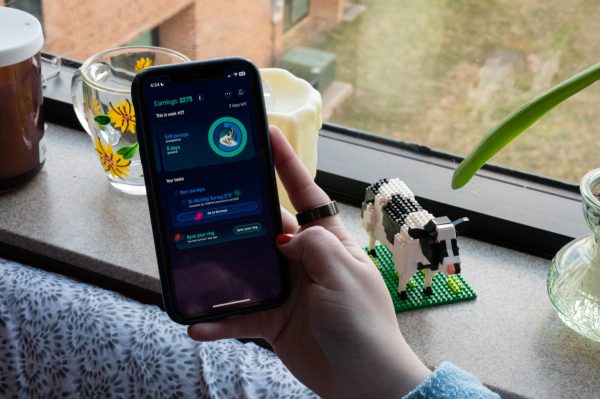
(Nicea Scheeler)
The nature experiences not only offered students a chance to go snowshoeing, sledding and take nature walks, but also to make new friends in a particularly formative period, Danforth said.
Although the groups were beneficial for some, the randomization created a “mismatch” effect, lowering engagement among participants and even causing some to drop out of the study, Danforth said.
This spring, LEMURS participants will choose one activity they want to improve, such as sleep or exercise, and will be incentivized accordingly, Danforth said.
“We need to do a better job of aligning the participants’ goals with what we offer,” Danforth said.
Some current and past participants displayed discomfort with activity-tracking and the weekly survey questions.
“Last winter and spring I was so obsessed with every little piece of data,” said sophomore Greta Huang, who has been a participant in the study since her first year.
Huang is still active in LEMURS but tries to take it less seriously, she said.
“The sleep data really messed with my head freshman year when I wore the ring every single day,” said sophomore Leila Husson, who has been a participant since her first year. “The sleep data would make me feel really bad about myself.”
Husson now wears the ring less due to this issue, she said.
“It didn’t create a very healthy relationship with food and exercise,” said sophomore Zach Vanzura, who dropped out of LEMURS spring 2023. “You get so focused on the numbers instead of how you feel.”
Vanzura added that answering weekly surveys, which address variables like relationships, substance use and traumatic experiences, were a mental burden.
While most questions are multiple choice, any regarding substances use a sliding scale and pose follow-up questions if one answers ‘yes,’ Husson said.
She said some participants refrain from telling the truth, because the follow up questions make the survey significantly longer.
Husson said it would be helpful to see a graph of her survey answers to recognize any patterns in her responses.
“You can’t go back and look at your past answers,” Husson said. “It’d be nice to be able to see patterns of behaviors and then be like ‘oh that was the week that this happened.’”
Student participants earn roughly $15 per week, depending on what behaviors they engage in, Danforth said.
“[Participants] are incentivized for completing surveys,” said Matt Price, co-principal investigator of the study. “The amount of incentive varies over time.”
Surveys completed later in in the semester are worth more money to encourage participants to keep up with the surveys because it can become tiring to do them over such a long period of time, Price said.
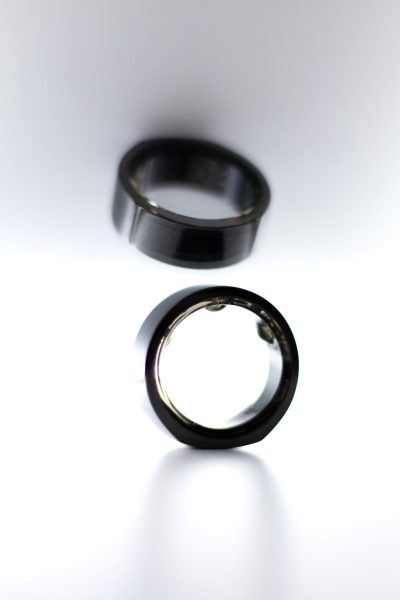
(Chelsea Thatcher)
“My hope is that it isn’t a stress or burden in their lives,” Bloomfield said. “Hopefully we’ll learn enough to offer programs and interventions.”
Bloomfield feels encouraged by the return rate of participants from last year, she said.
“The students in the study are a part of the effort to combat the advertising model, the surveillance capitalism model, figuring out how to use it to feel better and not just to spend money,” Danforth said.
However, students express doubt that this scientific evidence will produce any systemic change.
“I think us as a society have already accepted that college students are stressed out and super private,” Husson said.
Over 60% of college students meet the criteria for at least one mental health problem, according to the latest Healthy Minds Survey.
“I find it hard to believe that based on the results of this study that they’re going to completely change the system that we’ve been existing in forever,” Huang said.
In an environment where people are constantly pitched opportunities to spend money based on their data, LEMURS is working toward empowering people with a “weather forecast” for their well-being, so they can make better decisions and not just spend money, Danforth said.
Wearable technology collects data that may help clinicians fill some of the gaps and provide a glimpse into our health and well-being, according to an Oct. 10, 2023 article from UVM Today.
“We think that we’re going to be a part of an effort to make personalized recommendations to individuals about their health so that they are able to feel better,” Danforth said.


